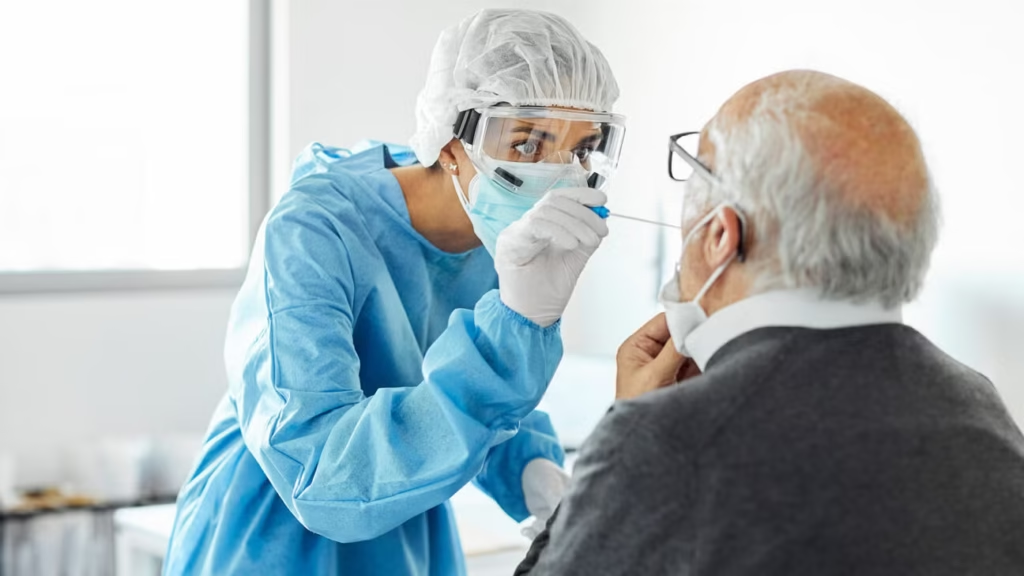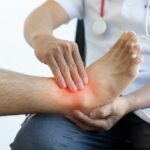COVID-19 is a respiratory illness caused by a virus that spreads from person to person through respiratory droplets. Symptoms may appear several days after exposure to the virus, while some individuals who are infected never develop symptoms. Testing is a key component in managing the spread and effects of the virus. Here is more information about the testing process to help you make informed decisions:
Rapid or PCR Testing
When you get tested for COVID-19, healthcare providers t administer either a rapid antigen test or a polymerase chain reaction (PCR) test. A rapid antigen test detects specific proteins on the surface of the virus, providing quick results that can arrive in as little as 15 minutes. PCR tests serve as the standard for diagnosis because they detect the virus’s genetic material, offering high accuracy.
Healthcare providers help you choose the appropriate test. This may be based on factors like your exposure time and symptoms. The primary difference between the two tests lies in their sensitivity and turnaround time.
PCR tests are analyzed in a laboratory, which may take one to several days to return results. While rapid tests offer the convenience of quick results, they may produce false negatives, especially early in an infection when the viral load is low. Although a positive rapid test result may prove reliable, a negative result might require confirmation with a PCR test if you experience symptoms or have a known exposure.
Nasal Swab
One method for collecting a sample for either a rapid or PCR test is a nasal swab. The process is straightforward and quick, although it may cause momentary discomfort. A healthcare professional will insert a long, thin swab into one or both of your nostrils to collect a specimen. Following the swab, you can continue with your day while waiting for your results.
Proper Diagnosis and Care
Receiving a test result allows for a proper diagnosis from a healthcare provider. A positive result confirms that you have a COVID infection, and this confirmation is the first step. You can then discuss your symptoms with a doctor who may recommend specific treatments or supportive care to help manage your illness. Early diagnosis enables you to start your recovery journey with professional guidance.
Without a definitive test result, treating your symptoms becomes a matter of guesswork. Knowing your status allows you and your healthcare provider to monitor your condition. This is especially relevant for individuals with underlying health conditions, who may be at a higher risk of complications.
Proper Prevention of Spreading
Testing is also a community-minded action that helps prevent further spread of the virus. If you test positive, you will know to self-isolate to protect others, including family, friends, and coworkers. This simple act of getting tested and isolating if positive breaks the chain of transmission.
Many people with COVID-19 are asymptomatic, meaning they feel perfectly fine but can still infect others. Testing helps identify these silent carriers, which is a key part of public health efforts to control outbreaks. By knowing your status, you contribute to a safer environment for everyone, especially those who are more vulnerable to severe illness.
Get Tested for COVID Today
Understanding the testing process removes uncertainty and empowers you to take the next steps for your health and the well-being of those around you. Knowing your COVID-19 status through testing enables an accurate diagnosis, appropriate care, and preventive measures to stop the spread. If you are experiencing symptoms or believe you have been exposed to COVID-19, find an urgent care center near you.


